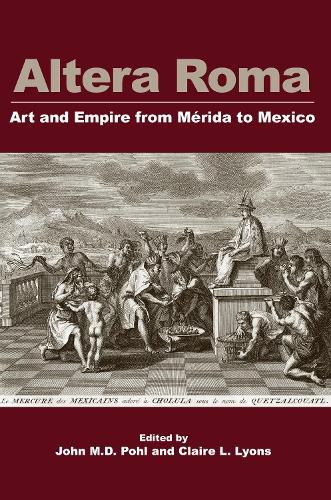Readings Newsletter
Become a Readings Member to make your shopping experience even easier.
Sign in or sign up for free!
You’re not far away from qualifying for FREE standard shipping within Australia
You’ve qualified for FREE standard shipping within Australia
The cart is loading…






Altera Roma explores the confrontation of two cultures, European and Amerindian, and two empires, Spanish and Aztec. In an age of exploration and conquest, Spanish soldiers, missionaries, and merchants brought an array of cultural preconceptions. Their encounter with Aztec civilization coincided with Europe’s rediscovery of classical antiquity, and Tenochtitlan came to be regarded a second Rome, or altera Roma. Iberia’s past as the Roman province of Hispania served to both guide and critique the Spanish overseas mission. The dialogue that emerged between the Old World and the New World shaped a dual heritage into the unique culture of Nueva Espana. In this volume, ten eminent historians and archaeologists examine the analogies between empires widely separated in time and place and consider how monumental art and architecture created theater states, a strategy that links ancient Rome, Hapsburg Spain, preconquest Mexico, and other imperial regimes.
$9.00 standard shipping within Australia
FREE standard shipping within Australia for orders over $100.00
Express & International shipping calculated at checkout
Altera Roma explores the confrontation of two cultures, European and Amerindian, and two empires, Spanish and Aztec. In an age of exploration and conquest, Spanish soldiers, missionaries, and merchants brought an array of cultural preconceptions. Their encounter with Aztec civilization coincided with Europe’s rediscovery of classical antiquity, and Tenochtitlan came to be regarded a second Rome, or altera Roma. Iberia’s past as the Roman province of Hispania served to both guide and critique the Spanish overseas mission. The dialogue that emerged between the Old World and the New World shaped a dual heritage into the unique culture of Nueva Espana. In this volume, ten eminent historians and archaeologists examine the analogies between empires widely separated in time and place and consider how monumental art and architecture created theater states, a strategy that links ancient Rome, Hapsburg Spain, preconquest Mexico, and other imperial regimes.